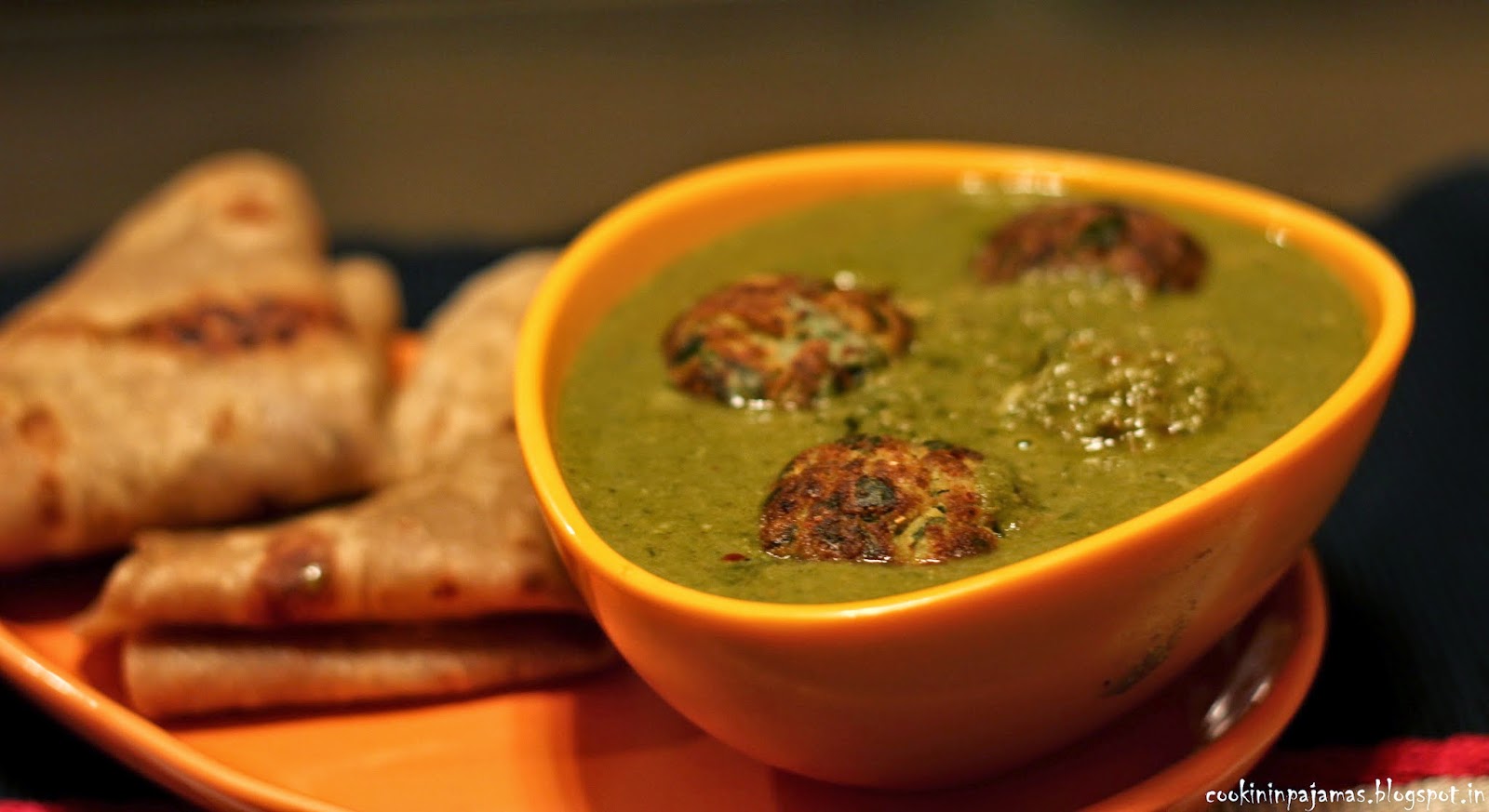I always have a conflict in my mind over "Tradition v/s Modern". I don't mean here in the sense of clothes, fashion or freedom but the cultures and values that that make us who we are. In the age of modernization, the originality is somewhere lost and we are losing connection with our roots. I am not being judgmental here or biased, but i would love to see kids play outdoors than play X-boxes and Playstations. I would love to see them having their food hearing the birds chirp or watching the sky than watching Doremon's and Chota Bhim. This definitely doesn't mean you are raising a Tarzan, but life's teachings are the best than those learnt with technology. A very dear friend of mine from Spain closed his Facebook account recently and while we chatted on email, he gave me a very good reason on "Going natural". He said, we are so dependent on "Apps" that we have lost our tendency of natural instincts. No doubt, we rely so much of G maps (For some reason, i find those even more confusing :)) when we have a tendency to find the places ourselves.
On the other hand, I experienced a "hands-on" example of "Benefits of technology" recently, when my Cylinder gas finished all of a sudden on Saturday night. It wouldn't have been so much of a worry if we had just two mouths to feed (Me and Hubby). But here we had three 4-legged paws with us (My pet sitting clients) who ate home-cooked meals. So, the microwave came to the rescue. Rice, chicken and veggies - everything went straight inside and my pet-paws licked their bowls clean with wagging tails :) If not for microwave, i would have had to scratch brains what to feed them. (Of course, there is always an option of raw veggies, fruits, curd etc but some paw kids won't taste food without chicken :))
So, the conflict always remains but somehow i am a little inclined towards the traditional, old-age, historical stuff. With food too, i love to dig out old recipes, read how it's traditionally cooked and try them out. This curiosity has definitely got me hooked to this "Lost recipes" program on Epic channel. In one of the episodes, they covered all about the Hyderabadi cuisine. Normally they show 3 recipes in one episode, so one of the recipes in that was Anokhi Kheer. The recipe sounded so simple, that i at once, tried it and it tastes delicious.
The recipe was shown cooked by Mrs. Geeta Devi who belongs to a family that worked closely with Nizams and thus has access to all the royal recipes, which are published in her book : The Jewels of Nizam - Recipes from the Khansamas of Hyderabad. Geeta Devi has been associated with the Golkonda Hotel, Hyderabad as a food consultant, and hence i believe this kheer is available at their restaurant. She describes her expertise as "Deccani cuisine" and dug into the history of Nizam cuisine to find out the traditional recipes and their methods of cooking. Cooking during those times was mostly subjected to availability of raw materials, hence this Anokhi kheer came into existence.
Anokhi kheer she says basically would have been influenced from Afganisthan and is made of dry fruits and onion. Yes, a kheer made of ONION!!!!This kheer was also eaten by poor men, as onions during those days were cheap and would be a part of the ration that one got. This kheer was eaten during summer time as onions lower body temperature. In winters, "Gobi ki kheer" or "lasan ki kheer" was made to keep the body warm.
Ingredients:
In the program, she used 100 gm onions for 2 litres of milk, but i made it into half quantity.
Milk - 1 litre (I used full cream, but you can use toned or skimmed milk too)
Onions - 50 gms (about 1/3 cup)
Cardamom - 8-10
Almonds - 1/4 cup (Add more according to choice)
Pistachios - 1/4 cup (Add more according to choice)
Sugar - I added about 5-6 tsp (Adjust according to taste)
Recipe:
Boil the milk and simmer on low flame till it starts to thicken.
Meanwhile, slice onions lengthwise and wash them about 4-5 times to remove the bitterness or spiciness if any (Depends on the kind of onion you are using).
Soak the almonds in water and when soft, chop them lengthwise or crush them lightly in a mortar and pestle.
Also chop the pistachios lengthwise.
Remove cardamom seeds and make them in a powder in a mortar and pestle.
Once the milk has reduced to half, add the onions.
Keep stirring at intervals and scrape the cream from the sides.
Once it turns pinkish, add the cardamom powder.
Stir in sugar and mix well. Simmer till sugar dissolves and milk reduces little more.
Add half of the dry fruits and mix well.
While serving, add rest of the dry fruits on top to garnish.
Anokhi kheer is ready :)
By the way, for all my friends who don't know Hindi, Anokhi means "Different or unique". An onion kheer is definitely unique, isn't it?
I have purposely kept the consistency a little thin, but you can thicken it as much as you want. Just make sure it shouldn't be too thick like a halwa.
Happy Cooking :)


















